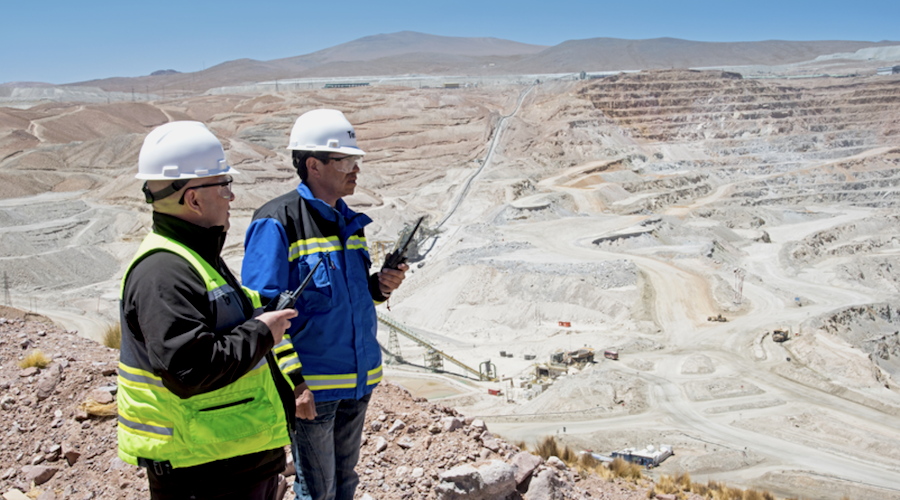Falling off the supercycle: BHP puts the brakes on capex, stock hits 3-year low

On Wednesday stock in BHP Billiton, the world’s number one miner in terms of revenues and market value, fell to a 3-year low on the Australian Stock Exchange, its primary listing.
Melbourne-based BHP closed at A$32.49, down 4% on the day. The counter is now also down more than a third from highs of $48.89 hit in April last year.
BHP is traded on 13 other exchanges in 6 countries and has a market capitalization of US$168.4 billion.
The so-called ‘supercycle’ in commodity prices – driven by China’s rapid infrastructure build-out – kicked off at the end 2004.
At BHP and the other big diversified miners, the boom was essentially driven by iron ore which is by far BHP’s most profitable business.
In December of 2004 the the big three producers – BHP, Vale and Rio Tinto – hiked the price they charged for iron ore by 72% taking it above $20 per tonne for the first time in history. Fast-forward seven years and China pays $135 per tonne, down from record highs of $180 in September last year.
Now BHP has declared the good times all but over. FT.com (sub required) quotes remarks made at a business lunch in Sydney this morning made by Jac Nasser, chairman of the company:
“The tailwind of high commodity prices has contributed to record growth in the sector. Now we have a period where those tailwinds are moderating and we expect further easing over time,” said Mr Nasser.
“Where the industry previously lacked investment opportunities and choice, it now has more projects than cash flows. All of us in the industry are having to make choices.”
Nasser on Wednesday also confirmed earlier comments from BHP’s top execs about scaling back its most ambitious programs saying it will not spend the $80 billion previously set aside for expansion by 2015.
While most analysts expect BHP will continue to pour money into iron ore in Australia, the company’s other megaprojects – Olympic Dam, expansion of its US shale gas operations and Jansen potash project in Canada – may be put on the back burner.
Of the four projects Olympic Dam is by far the most ambitious. The miner has already received government approval for the mammoth $30 billion expansion of the existing uranium, copper, silver and gold mine in South Australia.
But board approval which was expected later this year may now not be forthcoming.
Read more about the fundamental changes in iron ore over the last decade here >>
Read more about BHP’s capital expenditure plans here >> and here >>
Read more about Olympic Dam here >>
{{ commodity.name }}
{{ post.title }}
{{ post.date }}

Comments